Cats have long been admired for their grace and agility, attributes that seem almost supernatural to their human admirers. Their ability to leap several times their body length, land with precision, and sprint with remarkable speed is not only fascinating but speaks volumes about their evolutionary history and physiological adaptations. As more pet owners become interested in understanding what makes their feline friends such remarkable athletes, researchers are delving into the science behind their agility and strength.
Cats, both wild and domestic, are natural-born hunters. This predatory instinct has shaped their physical form over millennia. The domestic cat, despite its smaller size, shares a lot in common with its larger cousins, the big cats of the wild. For instance, the structure of a cat’s spine is highly flexible, allowing them to twist and turn their bodies with ease. This flexibility is key to their ability to leap high into the air, as it allows them to store energy and release it explosively.
The powerful hind leg muscles of cats act as a springboard, propelling them forward with immense force. This is complemented by their retractable claws, which provide grip and traction. When a cat leaps, it does so in a way that is calculated and precise, often landing on a target with pinpoint accuracy. This same precision is evident in their ability to balance on narrow surfaces, a skill that has been honed over generations of navigating tight spaces in pursuit of prey.
Moreover, cats are equipped with a unique vestibular system that aids in balance and spatial orientation. This system, located in the inner ear, is finely tuned to help cats maintain equilibrium during their acrobatic feats. It’s why cats can walk along a fence or ledge without faltering, and how they manage to right themselves during a fall—a phenomenon known as the “righting reflex.”
Interestingly, the athletic prowess of cats isn’t solely for hunting. Play, a crucial aspect of a cat’s life, mimics hunting behavior and serves multiple purposes. It not only keeps cats physically fit but also mentally stimulated. Engaging in play allows domestic cats to channel their energy, preventing obesity and other health issues. Toys that mimic prey, such as feathered wands or laser pointers, can stimulate a cat’s predatory instincts, offering exercise and enrichment.
The importance of maintaining a cat’s athletic abilities has not gone unnoticed by veterinarians and pet owners alike. As more cats live indoors, ensuring they have opportunities to exercise is crucial. Climbing trees, scratching posts, and interactive toys are all essential components of a cat-friendly environment. These tools not only promote physical health but also help reduce stress and anxiety, contributing to overall well-being.
In recent years, the concept of feline agility competitions has gained popularity, showcasing the athletic skills of domestic cats in a structured environment. These events are designed to highlight the natural abilities of cats as they navigate obstacle courses, jump through hoops, and demonstrate their dexterity. Such competitions not only provide entertainment but also reinforce the bond between cats and their owners through shared activities.
As we continue to unravel the mysteries of feline agility, one thing remains clear: cats are extraordinary creatures whose athleticism is a testament to their evolutionary success. Understanding and appreciating this aspect of their nature not only enhances our relationship with them but also enriches their lives as beloved companions. Whether they are leaping after a toy or curling up for a nap, cats remind us of the beauty and elegance found in perfect harmony with the wild.
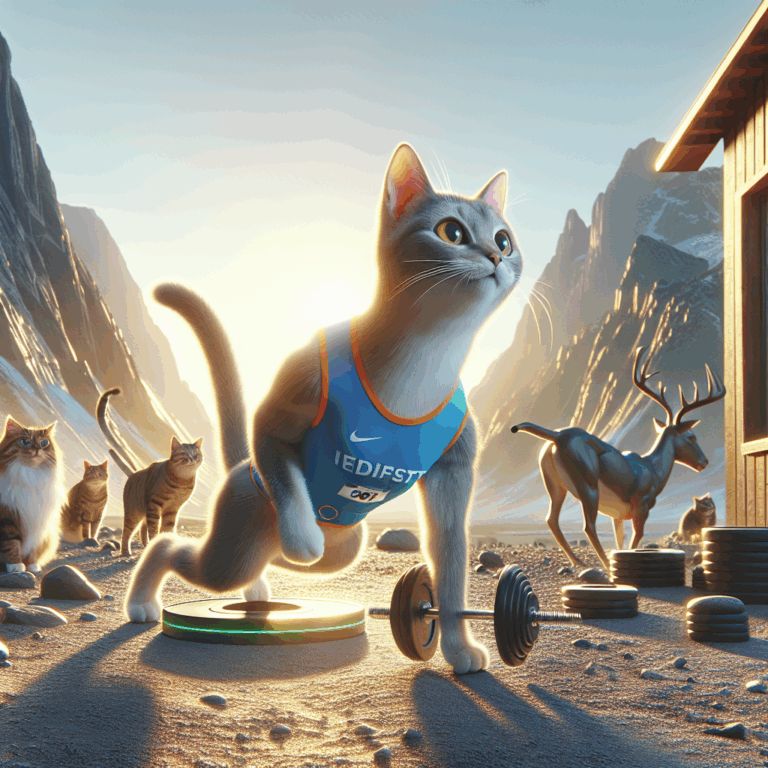
Cats have long been admired for their grace and agility, attributes that seem almost supernatural to their human admirers. Their ability to leap several times their body length, land with precision, and sprint with remarkable speed is not only fascinating but speaks volumes about their evolutionary history and physiological adaptations. As more pet owners become interested in understanding what makes their feline friends such remarkable athletes, researchers are delving into the science behind their agility and strength.
Cats, both wild and domestic, are natural-born hunters. This predatory instinct has shaped their physical form over millennia. The domestic cat, despite its smaller size, shares a lot in common with its larger cousins, the big cats of the wild. For instance, the structure of a cat’s spine is highly flexible, allowing them to twist and turn their bodies with ease. This flexibility is key to their ability to leap high into the air, as it allows them to store energy and release it explosively.
The powerful hind leg muscles of cats act as a springboard, propelling them forward with immense force. This is complemented by their retractable claws, which provide grip and traction. When a cat leaps, it does so in a way that is calculated and precise, often landing on a target with pinpoint accuracy. This same precision is evident in their ability to balance on narrow surfaces, a skill that has been honed over generations of navigating tight spaces in pursuit of prey.
Moreover, cats are equipped with a unique vestibular system that aids in balance and spatial orientation. This system, located in the inner ear, is finely tuned to help cats maintain equilibrium during their acrobatic feats. It’s why cats can walk along a fence or ledge without faltering, and how they manage to right themselves during a fall—a phenomenon known as the “righting reflex.”
Interestingly, the athletic prowess of cats isn’t solely for hunting. Play, a crucial aspect of a cat’s life, mimics hunting behavior and serves multiple purposes. It not only keeps cats physically fit but also mentally stimulated. Engaging in play allows domestic cats to channel their energy, preventing obesity and other health issues. Toys that mimic prey, such as feathered wands or laser pointers, can stimulate a cat’s predatory instincts, offering exercise and enrichment.
The importance of maintaining a cat’s athletic abilities has not gone unnoticed by veterinarians and pet owners alike. As more cats live indoors, ensuring they have opportunities to exercise is crucial. Climbing trees, scratching posts, and interactive toys are all essential components of a cat-friendly environment. These tools not only promote physical health but also help reduce stress and anxiety, contributing to overall well-being.
In recent years, the concept of feline agility competitions has gained popularity, showcasing the athletic skills of domestic cats in a structured environment. These events are designed to highlight the natural abilities of cats as they navigate obstacle courses, jump through hoops, and demonstrate their dexterity. Such competitions not only provide entertainment but also reinforce the bond between cats and their owners through shared activities.
As we continue to unravel the mysteries of feline agility, one thing remains clear: cats are extraordinary creatures whose athleticism is a testament to their evolutionary success. Understanding and appreciating this aspect of their nature not only enhances our relationship with them but also enriches their lives as beloved companions. Whether they are leaping after a toy or curling up for a nap, cats remind us of the beauty and elegance found in perfect harmony with the wild.
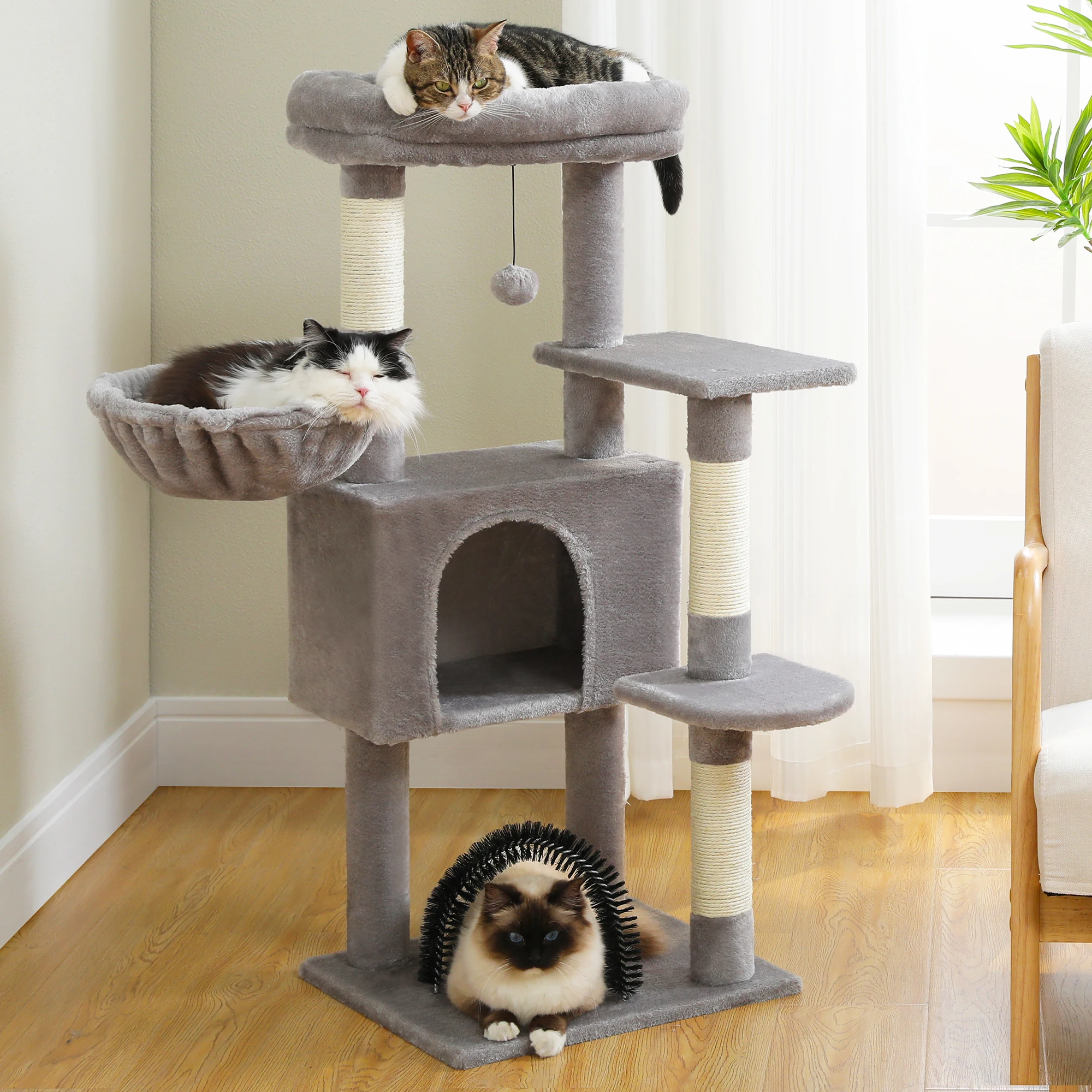

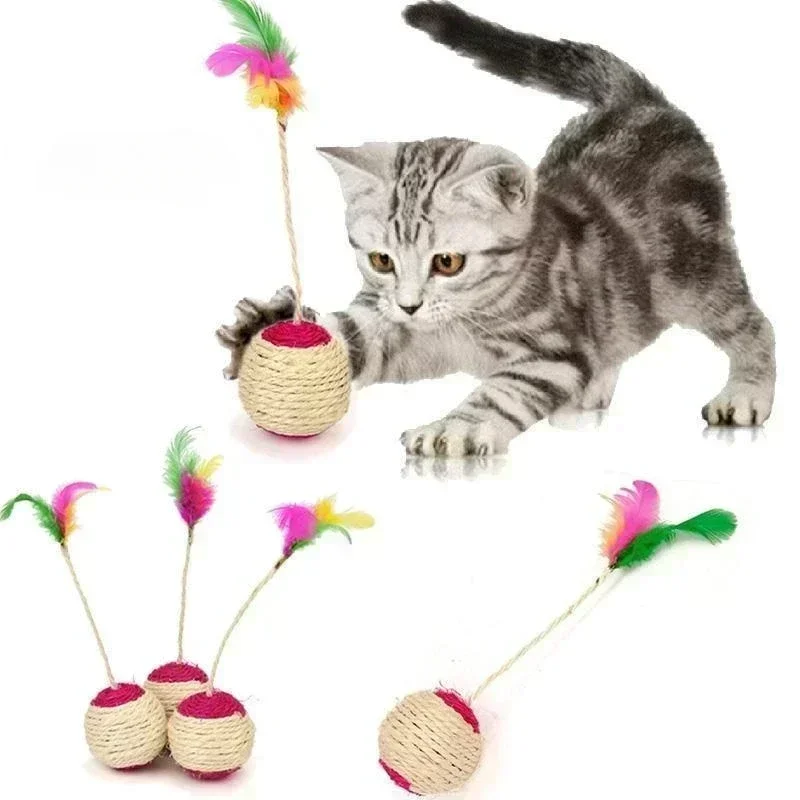
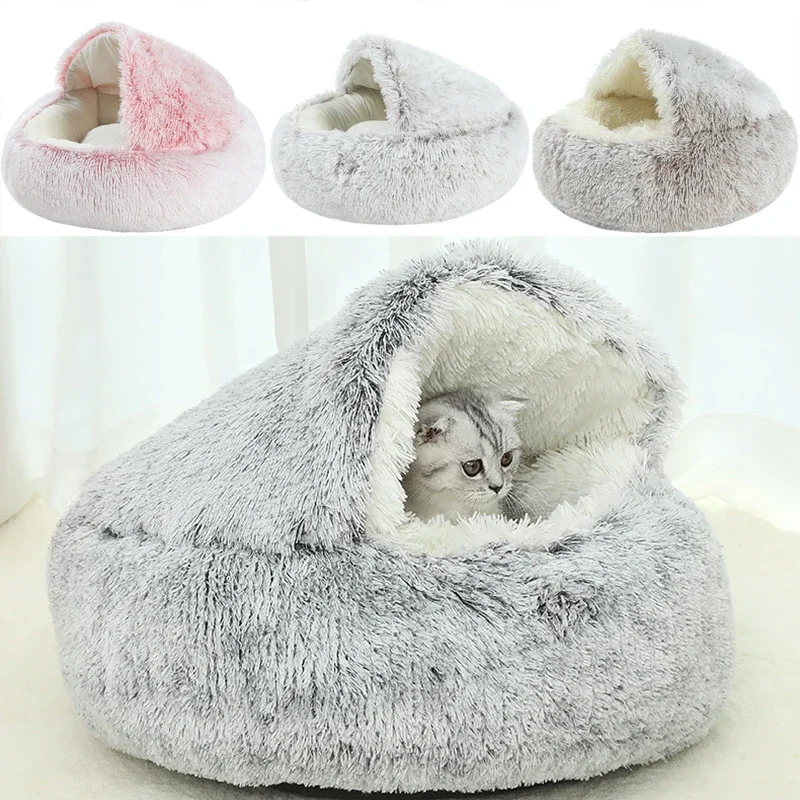
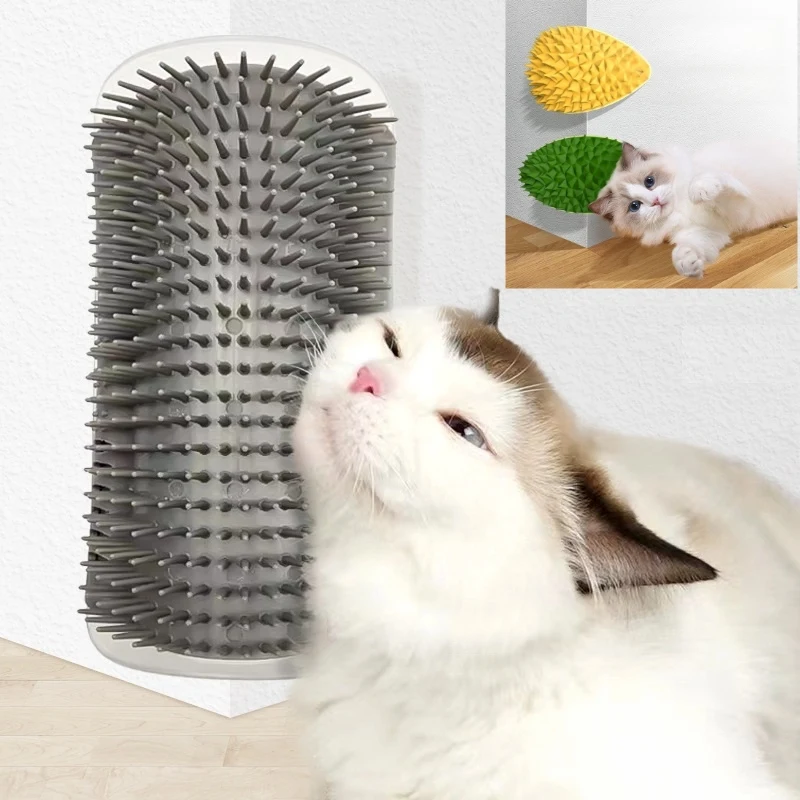
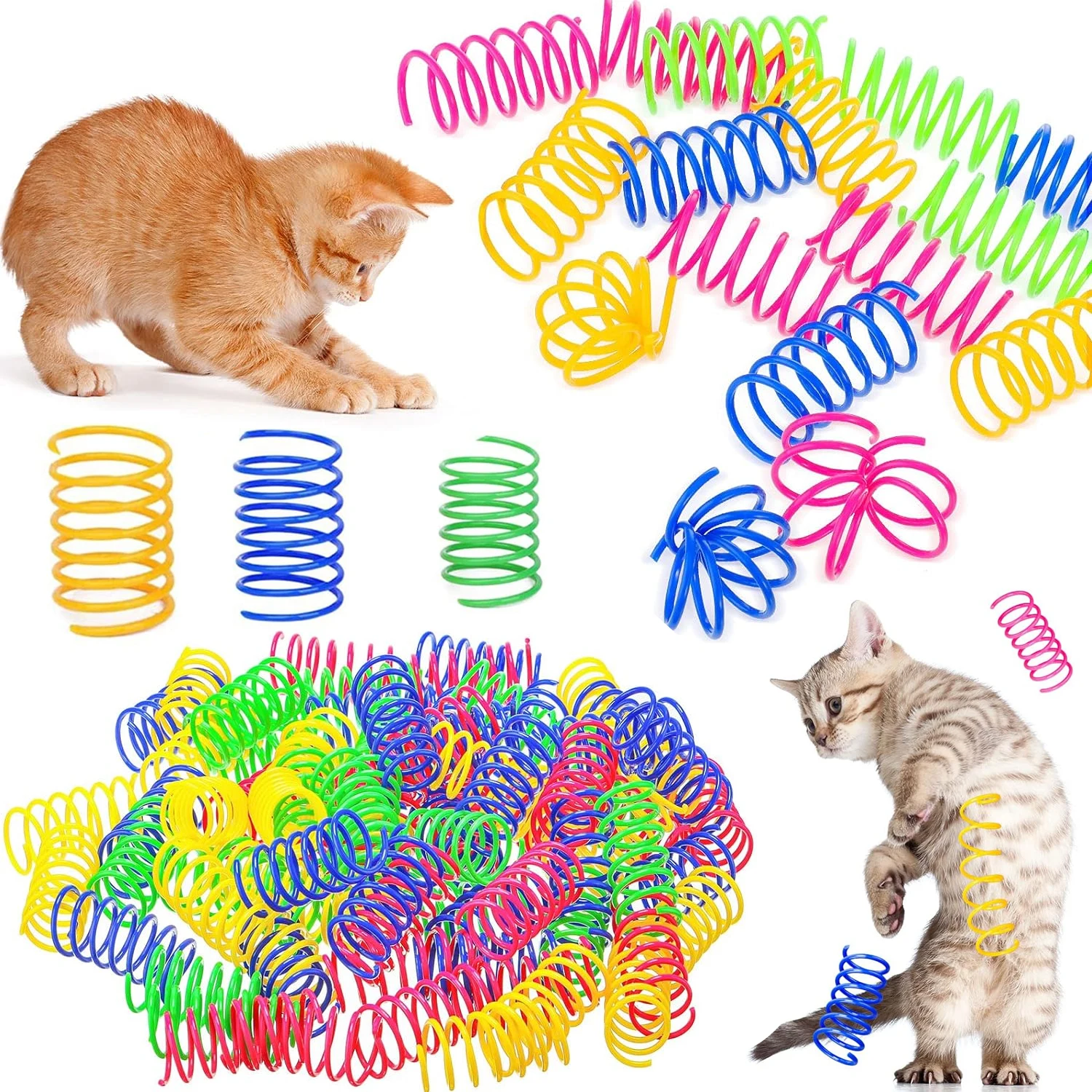

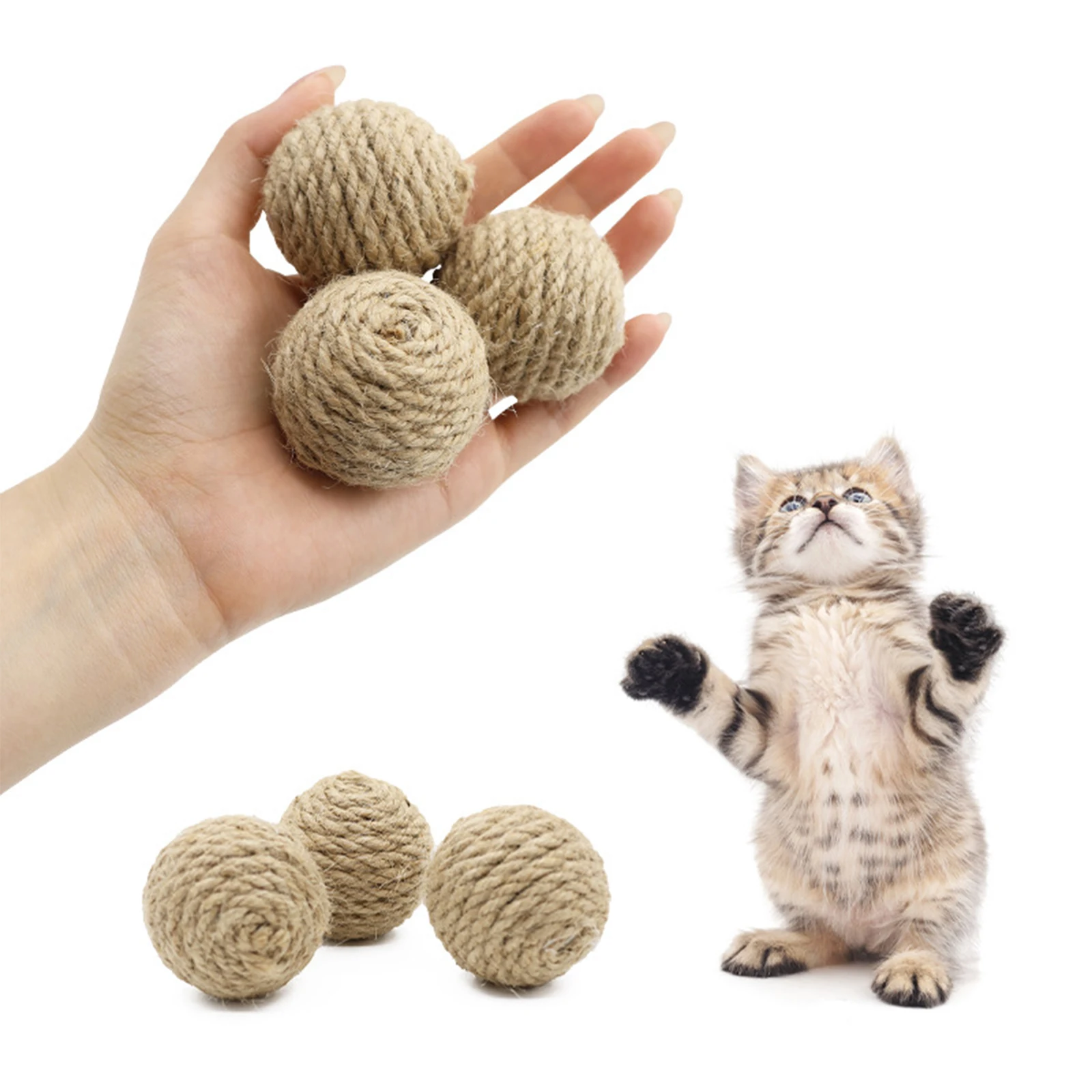
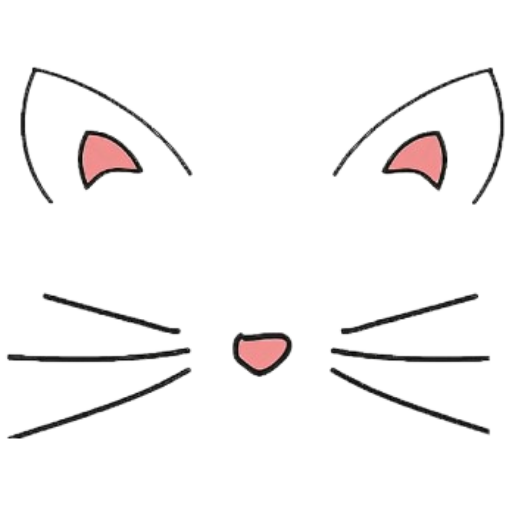

6 thoughts on “Feline Fitness: Understanding the Athletic Prowess of Cats”
Cats possess impressive agility and strength, making them fascinating creatures to observe in action.
Cats exhibit remarkable agility and strength, showcasing their natural athletic abilities in various activities.
Cats possess remarkable agility and strength, making them natural athletes in the animal kingdom.
Cats possess an impressive range of physical abilities that contribute to their reputation as agile and skilled hunters.
I couldn’t agree more with the comment that cats possess an impressive range of physical abilities. As someone who has spent considerable time observing these fascinating creatures, I’ve come to truly appreciate their natural athleticism and agility. Cats have an uncanny ability to move with such grace and precision that it’s almost mesmerizing. Their prowess is not just limited to their hunting skills, but extends to their everyday movements, whether it’s leaping effortlessly onto high surfaces or quietly stalking a toy with intense focus.
What I find particularly intriguing is their incredible balance and coordination, traits that are evident when you watch a cat walk along a narrow ledge or dart through a series of obstacles with ease. Their retractable claws, muscular legs, and flexible spines all contribute to their adeptness at navigating their environment. It’s this unique combination of physical traits that makes them not only skilled hunters but also captivating companions.
Moreover, their ability to pounce and sprint at impressive speeds showcases their strength and agility. I’ve seen my own feline friend launch from a resting position into a full sprint, demonstrating a burst of energy that is both surprising and delightful. It’s these moments that remind us of their wild ancestry and the innate skills that have been honed over centuries.
Cats are undoubtedly remarkable animals, and their physical abilities are a testament to their evolutionary success. They are masters of their domain, whether it’s the living room or the wild outdoors, and their skillful maneuvering and hunting prowess continue to fascinate us. It’s always a pleasure to watch them in action, and each movement seems to tell a story of their enduring adaptability and survival instincts.
I couldn’t agree more with your observations on the mesmerizing physical abilities of cats. As a fellow admirer of these remarkable creatures, I find their agility and grace to be a constant source of wonder. It’s truly fascinating how they can seamlessly blend strength, balance, and precision in their every movement, whether it’s a casual stroll across a narrow ledge or an explosive leap onto a high perch. Watching a cat in motion is like witnessing a perfectly choreographed dance; each step and leap is executed with an elegance that seems almost otherworldly.
The evolutionary design of cats, with their retractable claws, strong muscles, and flexible spines, is a masterpiece of nature. These traits not only make them efficient hunters but also enable them to navigate their environment with an ease that is both practical and beautiful. I’ve often marveled at my own cat’s ability to transform from a lounging ball of fur into a swift predator at the mere sight of a toy or a curious shadow. It’s a reminder of their ancestral roots and the survival skills that have been fine-tuned over millennia.
Moreover, their playfulness and bursts of energy offer us a glimpse into their wild nature, a side of them that is both captivating and humbling. It’s as if they carry within them stories of their lineage, each pounce and sprint a narrative of survival and instinct. The joy they derive from such activities is infectious, and as observers, we can’t help but be drawn into their world, if only for a moment.
In our homes, cats have become more than just pets; they are companions that bring a piece of the wild into our lives. They remind us of the beauty of nature’s design and the delicate balance of power and grace. Watching them, whether in play or repose, is a privilege, a daily spectacle that never ceases to amaze. As you rightly pointed out, their mastery of their environment, whether it’s the cozy confines of a living room or the vastness of the outdoors, is a testament to their adaptability and the enduring legacy of their species.
Comments are closed.